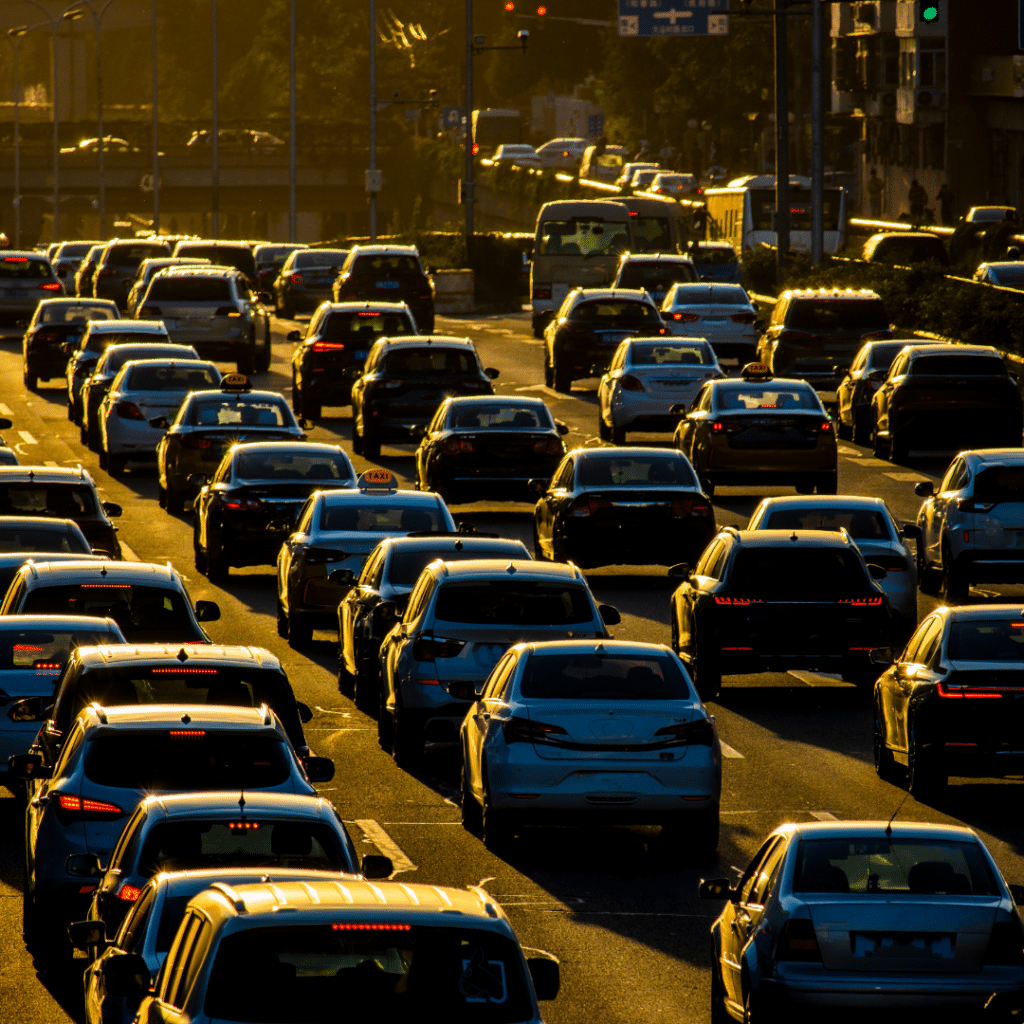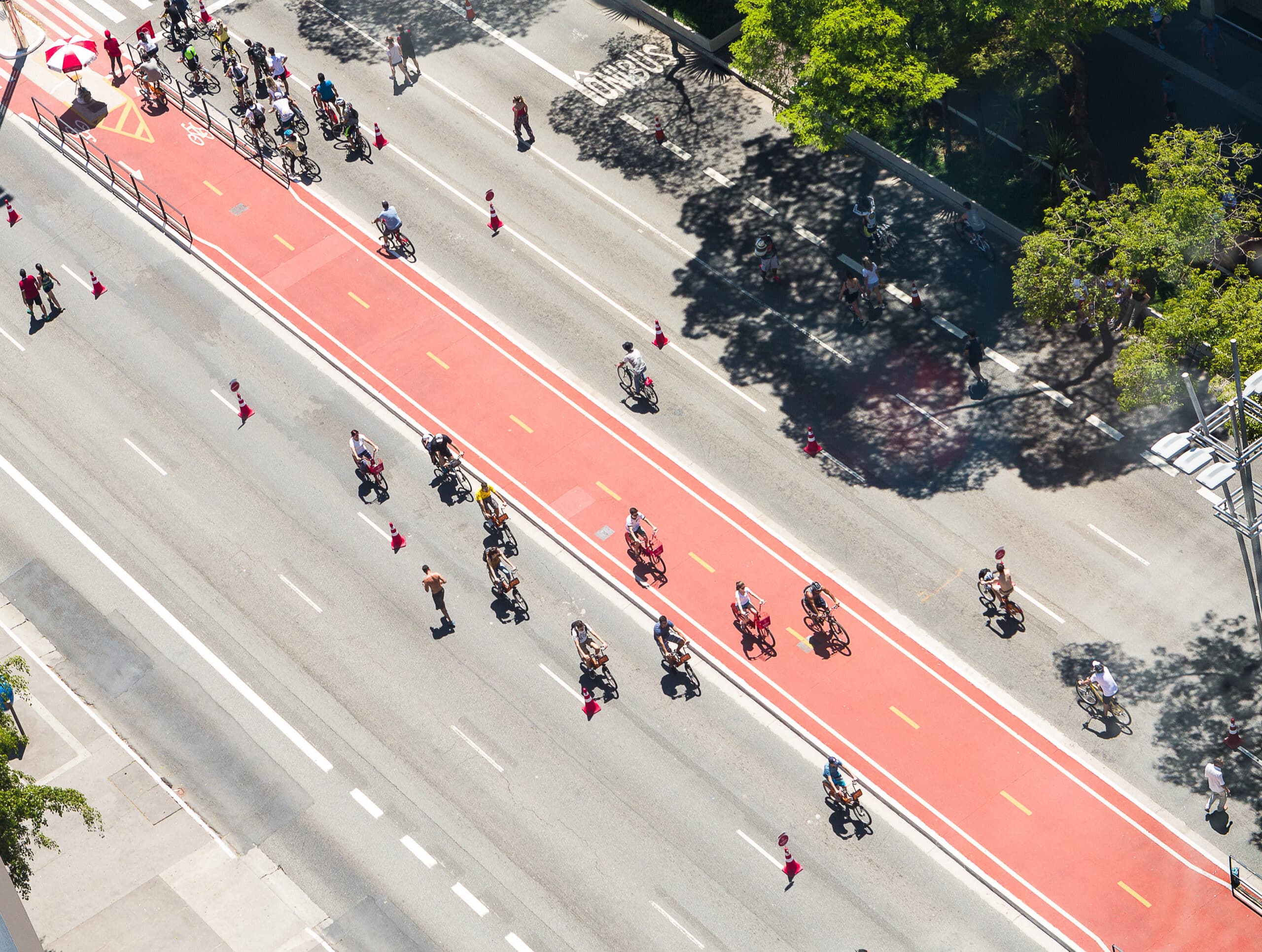A blogpost by Sana’a Khasawneh. Find an audio version of “Small Steps, Big City” here.
When I was 18, I got my driver’s license. My father bought me a car so I could drive to university. Every morning, I joined the same ritual as thousands of others: the eight o’clock traffic jam. Students rushing to lectures, employees rushing to work, all of us sitting alone or with one passenger in cars built for five. I remember thinking to myself: this is absurd. This entire lane could be filled with one bus. But taking the bus wasn’t really an option.

The buses were unreliable, the stations dirty and disorganized, the seats old, no seatbelts, and often unpleasant to sit in. To get there, I’d still need a taxi or someone to drop me off. So I drove. Like everyone else.
But driving came with a cost I couldn’t unsee. On my way to class, I would often pass the body of a dog hit on the highway. I saw crashes so often they almost blended into the background except for the days when there was blood on the road, when someone’s journey ended on their way to an eight a.m. lecture. Some of us graduated. They never did.
Meanwhile, my phone was far more concerned about my health than my city was. Every day it reminded me: drink water, close your movement circle, walk more steps. But walking was unnatural in my routine. To walk, I needed a gym membership, a treadmill, and an artificially ventilated sports hall with cold AC. I couldn’t simply step outside and walk through my own city.

Now, whenever I go somewhere, the first question I ask is not how do I get there? but where can I park? I am constantly thinking about where to put this vehicle that weighs a few tons and demands a space of at least 1.5 by 2 meters plus all the extra land our cities surrender to parking lots, driveways, and endless lanes. Cars are such a burden. Yet the city makes no space for my own two feet. My steps are small size 38 shoes, sometimes 37 but somehow still too big for these streets.
I am not saying we should abandon cars. I am saying we should design cities around the way we actually move as humans. Give me the option to walk. Give him the option not to drive. Give the young girl in a wheelchair the independence to live in a city that includes her.
We need people to feel they don’t have to own a car because public transport is safe, clean, reliable, and accessible. We need streets where children can play, where neighbors can meet, where health is built into everyday life not outsourced to gyms and treadmills.
Our vision for car-light cities is not just about mobility. It’s about people. About health. About giving this planet a chance to breathe.
Because what we ultimately want are human cities places built not for traffic, but for life.
